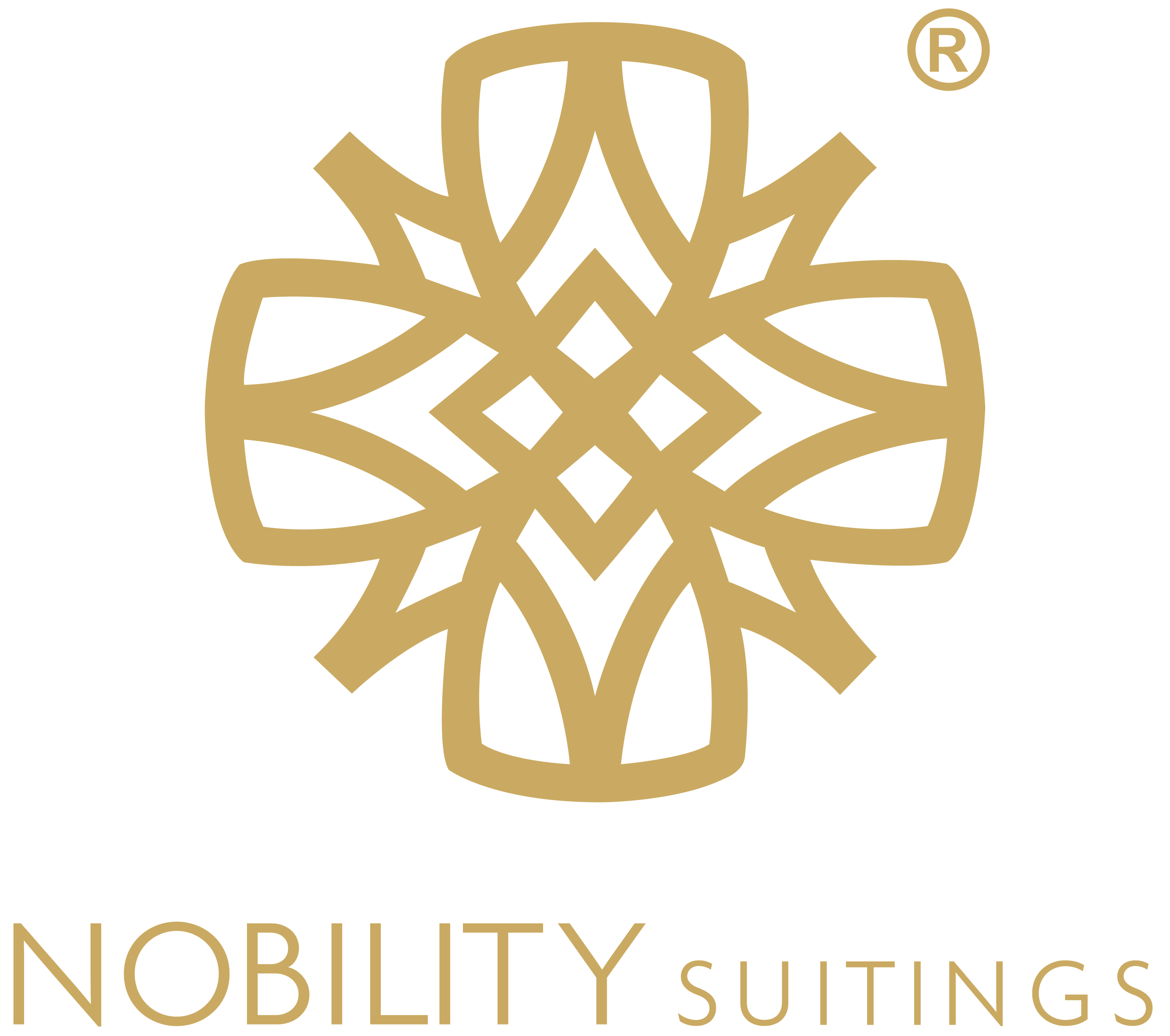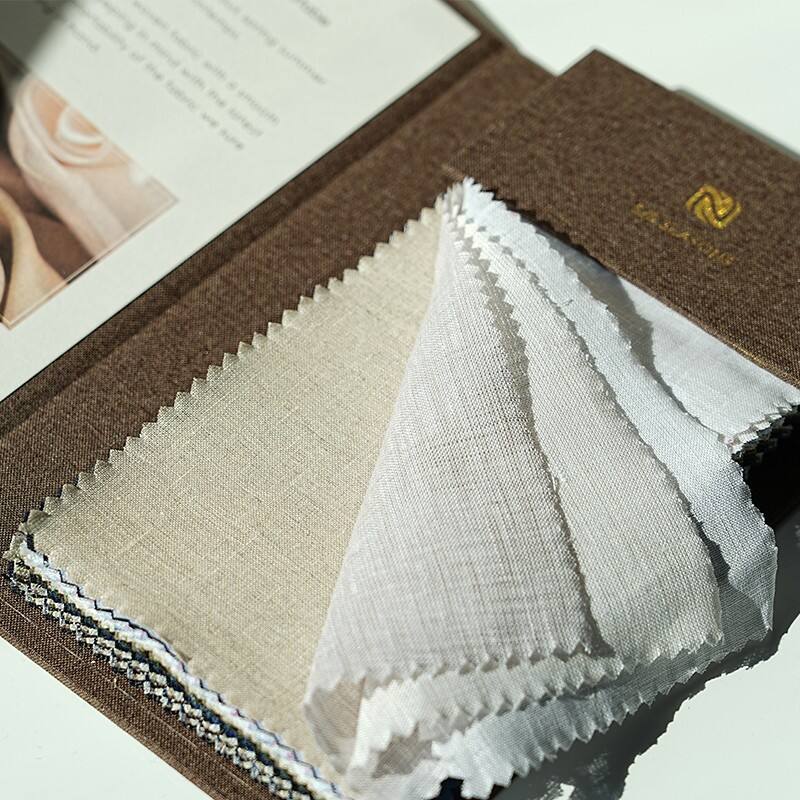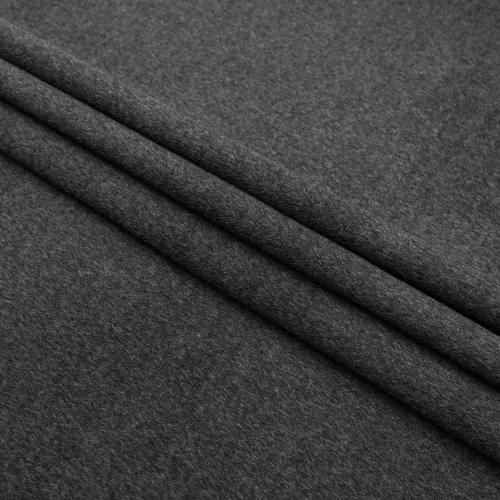textile cutting length
Textile cutting length refers to the precise measurement and control system used in fabric processing that determines how material is cut to specific dimensions. This crucial aspect of textile manufacturing combines advanced measuring technology with precision cutting mechanisms to ensure accurate and consistent fabric lengths. The system typically incorporates electronic sensors, digital displays, and automated cutting mechanisms that work in tandem to achieve precise measurements. Modern textile cutting length systems feature high-precision laser or optical measurement devices that can detect material edges and patterns, ensuring cuts are made at exactly the right points. These systems can handle various fabric types, from lightweight silks to heavy industrial textiles, adjusting cutting parameters automatically based on material properties. The technology also includes tension control mechanisms to prevent fabric distortion during the cutting process, maintaining dimensional stability and ensuring quality results. Many systems now integrate with computer-controlled interfaces that allow for programmable cutting sequences, reducing human error and increasing productivity. The cutting length capability is essential in mass production environments where consistency is paramount, enabling manufacturers to meet exact specifications for finished products while minimizing material waste.







